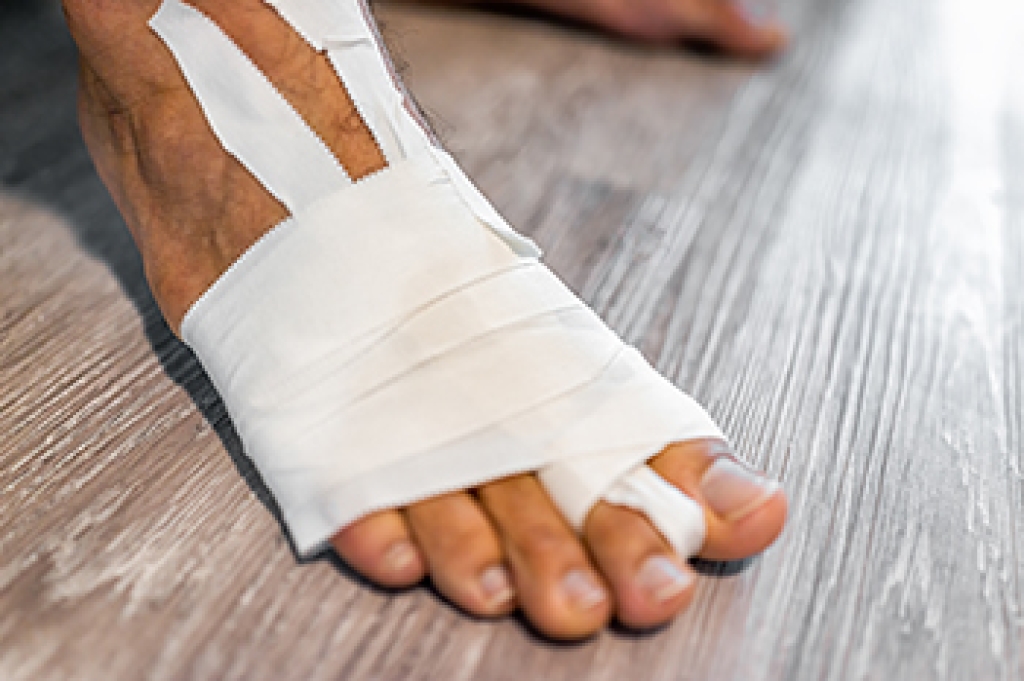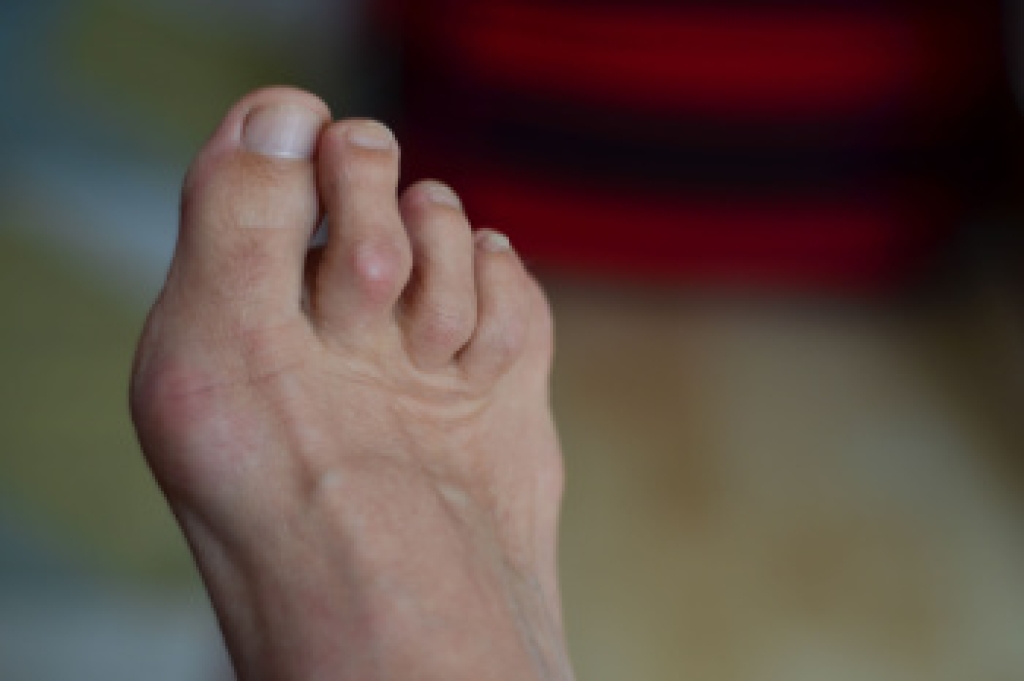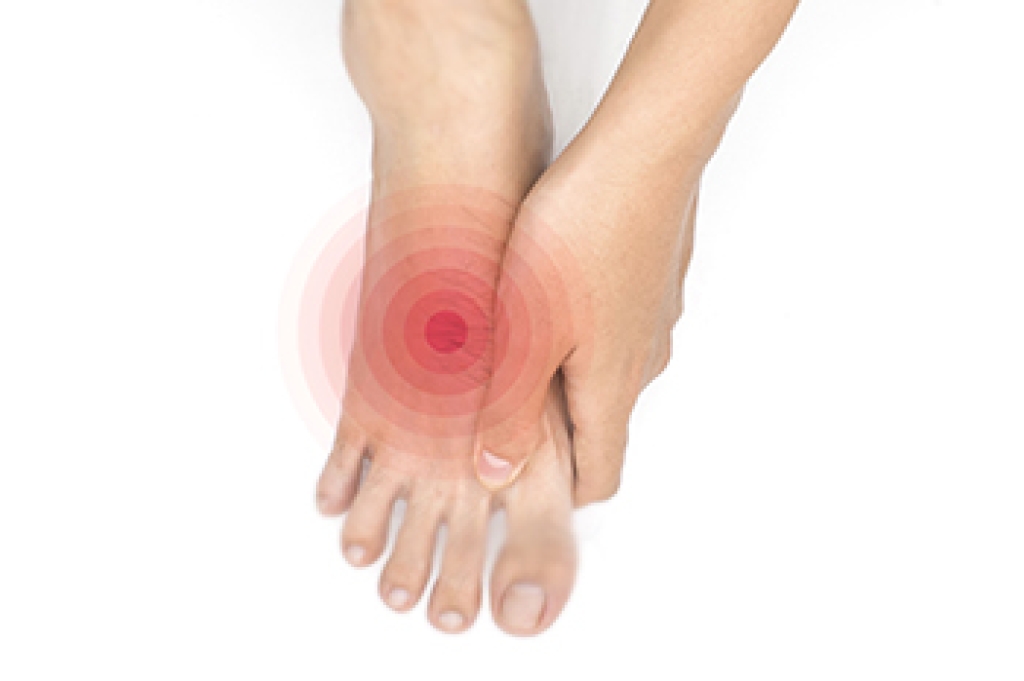
Turf toe is a painful sprain of the joint at the base of the big toe, often caused by a sudden push off, quick change of direction, or intense pressure on the front of the foot. The injury stretches or tears the soft tissues surrounding the joint, leading to swelling, stiffness, and difficulty bending the toe. Some people notice bruising or a sharp ache when pushing off when walking or during sports. Early care focuses on reducing irritation by limiting activities that stress the toe, using supportive footwear, and protecting the joint from further bending. Elevation can ease discomfort, while taping or stiff soled shoes can help control motion as the area heals. Recovery time varies, depending on how severe the injury is and how quickly it is addressed. A podiatrist can confirm the diagnosis, monitor healing, and recommend specific treatments. If your toe pain persists or worsens after injury, it is suggested that you see a podiatrist for effective relief and treatment solutions.
Toe pain can disrupt your daily activities. If you have any concerns, contact Deborah Rosenfeld of Rosenfeld Podiatry. Our doctor can provide the care you need to keep you pain-free and on your feet.
What Causes Toe Pain?
Most severe toe pain is caused due to a sports injury, trauma from dropping something heavy on the toe, or bumping into something rigid. Other problems can develop over time for various reasons.
Toe pain can be caused by one or more ailments. The most common include:
- Trauma
- Sports injury
- Wearing shoes that are too tight
- Arthritis
- Gout
- Corns and calluses
- Hammertoe
- Bunions
- Blisters
- Ingrown toenails
- Sprains
- Fractures (broken bones)
- Dislocations
When to See a Podiatrist
- Severe pain
- Persistent pain that lasts more than a week
- Signs of infection
- Continued swelling
- Pain that prevents walking
Diagnosis
In many cases the cause of toe pain is obvious, but in others, a podiatrist may want to use more advanced methods to determine the problem. These can range from simple visual inspections and sensation tests to X-rays and MRI scans. Prior medical history, family medical history, and any recent physical traumatic events will all be taken into consideration for a proper diagnosis.
Treatment
Treatments for toe pain and injuries vary and may include shoe inserts, padding, taping, medicines, injections, and in some cases, surgery. If you believe that you have broken a toe, please see a podiatrist as soon as possible.
If you have any questions please contact our office located in Marlton, NJ . We offer the newest diagnostic and treatment technologies for all your foot and ankle needs.





